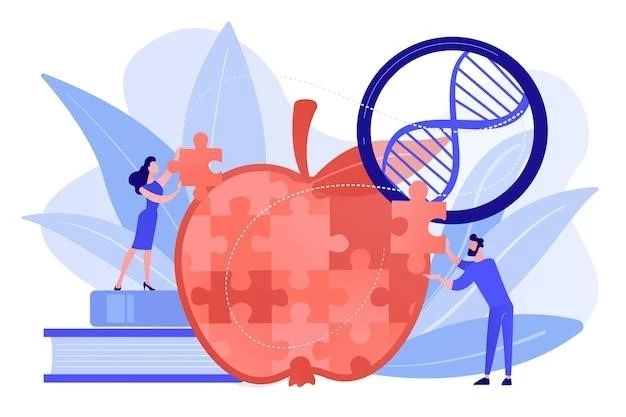Disease ⎻ Lymphedema Hereditary Type 2
I. Overview of Lymphedema Hereditary Type 2
Lymphedema Hereditary Type 2 is a rare genetic disorder that causes swelling in the arms and legs due to problems with the lymphatic system. It is an inherited condition٫ meaning it is passed down from parents to children.
Individuals with Hereditary Lymphedema Type 2 may experience swelling that can range from mild to severe, leading to discomfort and limitations in daily activities. The condition typically presents in early childhood or adolescence and can progress over time.
While there is currently no cure for Hereditary Lymphedema Type 2٫ management strategies focus on reducing swelling٫ improving symptoms٫ and enhancing quality of life. Treatment often involves a combination of therapies including physical therapy٫ skin care٫ and the use of compression garments.
It is essential for individuals with Hereditary Lymphedema Type 2 to work closely with healthcare professionals to develop a personalized treatment plan that addresses their specific needs and symptoms. Early diagnosis and proactive management can help minimize the impact of the condition on daily life.
Research into new treatment options and genetic therapies for Hereditary Lymphedema Type 2 is ongoing٫ offering hope for improved outcomes for those affected by this rare disorder.
II. Treatment Options for Hereditary Lymphedema Type 2
Managing Hereditary Lymphedema Type 2 involves a multimodal approach aimed at reducing symptoms and improving quality of life. Treatment options vary based on the severity of swelling and individual needs.
Physical therapy plays a crucial role in the management of Hereditary Lymphedema Type 2. Therapeutic exercises, manual lymphatic drainage, and skin care techniques can help promote lymphatic drainage and reduce swelling.
In some cases, surgery may be considered to remove excess tissue or improve lymphatic flow. Surgical interventions are typically reserved for severe cases of Hereditary Lymphedema Type 2 that do not respond to conservative treatments.
Another key component of treatment is the use of compression garments. These specially designed garments apply gentle pressure to the affected limbs, helping to reduce swelling and improve lymphatic function.
Medications may also be prescribed to manage symptoms such as pain or infections associated with Hereditary Lymphedema Type 2. Antibiotics are commonly used to treat and prevent skin infections that can occur due to compromised lymphatic function.
Furthermore, lifestyle modifications such as maintaining a healthy weight, practicing good skin hygiene, and avoiding injury to the affected limbs are important for managing Hereditary Lymphedema Type 2.
It is crucial for individuals with this condition to work closely with a healthcare team experienced in lymphedema management to develop a comprehensive treatment plan tailored to their unique needs and goals.
III. Importance of Compression Garments in Managing Hereditary Lymphedema Type 2
Compression garments play a vital role in the management of Hereditary Lymphedema Type 2 by providing external support to the affected limbs and promoting proper lymphatic drainage. These specialized garments are designed to apply controlled pressure٫ which helps reduce swelling and prevent fluid build-up in the tissues.
By wearing compression garments regularly as part of a comprehensive treatment plan, individuals with Hereditary Lymphedema Type 2 can experience significant improvements in symptoms and overall quality of life. The gentle compression exerted by these garments encourages the flow of lymphatic fluid, reducing the risk of swelling and minimizing discomfort.

It is essential for individuals to work with healthcare professionals to determine the most suitable type of compression garment based on factors such as the severity of swelling, skin sensitivity, and individual preferences. Proper fit and compression strength are crucial to ensure optimal effectiveness and comfort.
Compression garments are available in various styles, including sleeves, gloves, stockings, and bandages, catering to the specific needs of each patient. These garments can be worn during daily activities, exercise, and sleep to provide continuous support and enhance the management of Hereditary Lymphedema Type 2.
Furthermore, regular monitoring and adjustment of compression garments may be necessary to accommodate changes in swelling levels and ensure ongoing effectiveness. Healthcare providers can offer guidance on proper garment care, maintenance, and replacement to maximize benefits and minimize complications.
Overall, the consistent use of compression garments is essential for individuals with Hereditary Lymphedema Type 2 to effectively manage symptoms, reduce swelling, and improve the overall function of the lymphatic system. By incorporating compression garments into their daily routine, individuals can take proactive steps towards better symptom control and enhanced quality of life.
